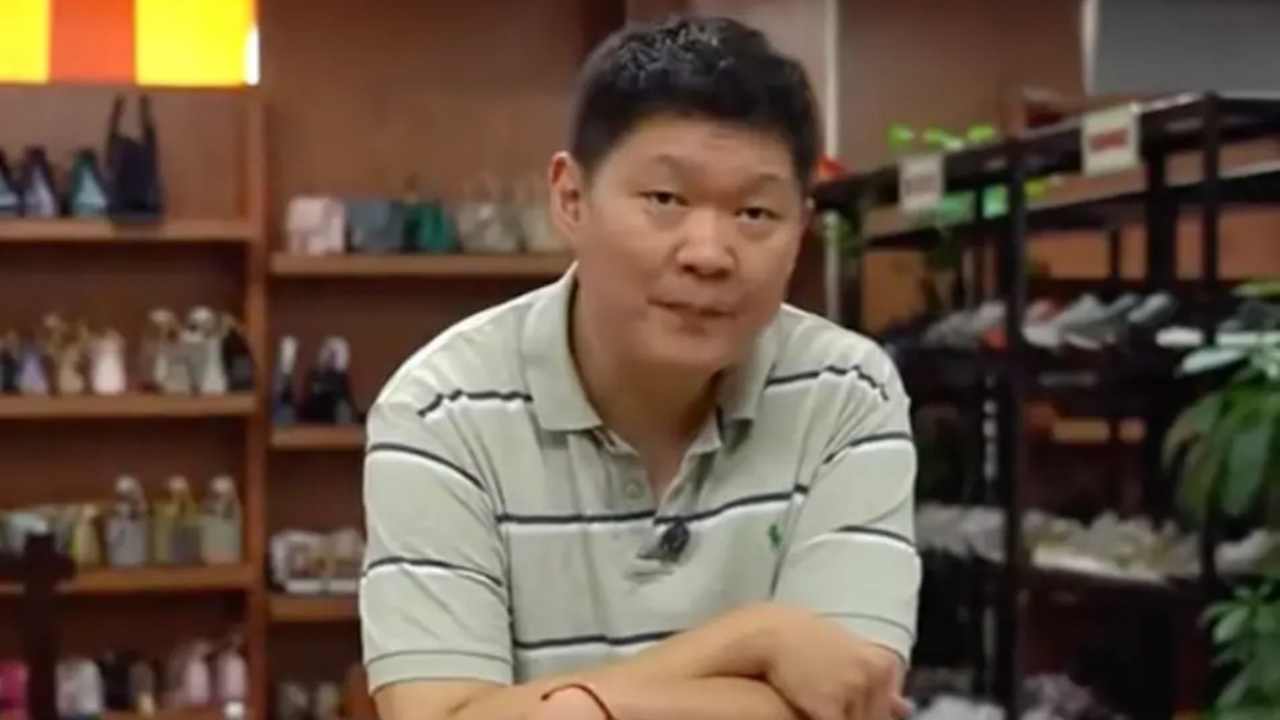

China Trolls the USA Amid Trump’s Tariff Restrictions
As numerous companies struggle with the tensions of the US trade war, Chinese manufacturers are expressing their defiance against the consumer culture that has favored Western brands for decades.
This week, Chinese social media was flooded with videos where workers and traders accused European and US luxury brands of selling products with labels that read “Made in US” or “Made in Italy,” even though they are actually made in China.
In a viral TikTok video, a luxury handbag manufacturer tries to break this facade. The video reveals that many of the celebrity-endorsed products sold internationally are made in China at a fraction of the retail price.
While this isn’t exactly breaking news, the fact that these brands continue to make incredible profits shows that many wealthy Western consumers either don’t know – or choose to remain unaware – of this old marketing trick.
Chinese companies have now begun to communicate directly with consumers, as seen in the channel “Senbags2,” which analyzes the cost breakdown of a $38,000 Hermès bag – or at least an identical copy made with the same materials, but without the brand’s logo.
Hermès, a traditional European brand, claims it manufactures its products by hand in France, focusing on exclusivity and the social prestige associated with carrying a luxury item.
“This Birkin bag at Hermès store costs $38,000. But what’s the real cost at the factory?” asks a Chinese entrepreneur. “Welcome to the real world.”
“First of all, Hermès uses leather from just three main suppliers. One is Nuti in Italy, another is Weinheimer in Germany, and the third is Haas in France.”
“One piece of Togo leather (enough for one bag) costs $450.”
He also mentions the use of French Fil au Chinoise thread, which costs about $25 per piece, as well as metal parts ($150), handling oils ($50), zippers, and linings ($110). French specialized labor adds another $600 to the cost.
The total cost: $1,450.
“But why does Hermès charge $38,000 for the bag? Because more than 90% of the price is for the logo,” he says.
He concludes by saying that for those who don’t care about the brand and want the same quality and materials, his factory sells versions for only $1,000.
@hgjghhgjh4 Chinese manufacturing going to the US can make American people live better, not take away their jobs#senbag ♬ original sound – hgjghhgjh
Hermès, on the other hand, has confirmed it will raise prices in the United States starting May 1, in order to offset the new 10% import tariff.
“It will be an additional price increase, which we will finalize, but it will help us neutralize the impact,” said CFO Eric Halgouet during a presentation of the company’s financial results.
Message-Bearers Face Criticism
China has seized every opportunity to oppose US economic policies, particularly during times of internal instability. From diplomats to manufacturers, those most affected have joined forces to criticize the White House strategy.
When Press Secretary Karoline Leavitt appeared in the media wearing what appeared to be a China-made garment, comments on social media immediately flooded in.
Chinese Consul Zhang Zhisheng, who works in Indonesia, shared an image of Leavitt claiming that her dress lace came from a Chinese factory called Mabu.
“Accusing China is business. Buying from China is life,” he wrote on X.
“Her beautiful lace dress was identified by a Chinese factory worker as their product.” Criticism soon swept across the internet.
“Leavitt criticizes the ‘Made in China’ label while wearing a Chinese dress, what hypocrisy?” wrote one user. “Classic politician move: accuse China, but buy cheap products.”
“How can Karoline Leavitt stand the overwhelming irony of shouting ‘Made in China’ while walking in a beautiful Chinese lace dress at the White House?”
However, not everyone accepted the narrative. Some users pointed out that the Secretary’s dress was actually French and that the garment shown online was merely a Chinese copy. “False news. She’s wearing the original French one, while the one in the ad is a Chinese copy. It’s funny, but the tweet’s interpretation is dishonest,” said one.
Others mentioned China’s reputation for counterfeit products. “Chinese are known for counterfeit clothing. It’s more likely they copied the luxury brand’s jacket,” commented another.
Tariffs Hit the Luxury Sector
Luxury fashion markets are under pressure once again. In the midst of a global cost-of-living crisis, it’s becoming increasingly difficult to justify basic or slightly ripped t-shirts that cost over $3,000.
And now, the backdrop of the White House is threatening this sector.
The Trump administration has imposed tariffs of up to 145% on products from China, citing national security and China’s involvement in the opioid crisis, among other factors.
Although some electronic components are temporarily exempt, the goal is clear: reduce US dependence on China.
In response, Beijing has imposed its own tariffs and restrictive measures, further intensifying the confrontation.
These measures have significant consequences for the luxury sector. Rising costs and changes in consumer thinking may force many brands to rethink their strategies.
Additionally, the rise in national pride among Chinese consumers is increasing interest in local luxury brands, especially since they offer comparable quality at fairer prices.
In 2024, the global luxury goods market shrank by 2%, and China’s share of global sales dropped from 50% to just 12%.
Source and images: NyPost / TikTok @hgjghhgjh. This content is generated with AI and may contain errors.
